Heat pumps are great devices that can be used for many purposes. Contrary to the name itself, heat pumps can actually be used for both heating and cooling down your home. While most people would think about air conditioners and fans when they hear about cooling, it is heat pumps that can effectively perform both.
In some specific situations, heat pumps can be all that you need throughout the whole year. But how does a heat pump work? We will cover this question in this article, along with the question of whether you should get one or not. Many people don’t actually know how to describe a heat pump, and it is also hard to tell how it works.
We have already learned that it can both warm and cool your home, but how does a heat pump work specifically? We will get into the nitty-gritty stuff in this article. We will dissect the heat pump, analyze its pieces and see where each piece fits in and what does it do.
It is quite a complicated structure, but hopefully, you will understand it better after you read this article and that you will be able to decide whether to get one or not.
Components of a Heat Pump
All heat pumps out there have two major and most important components: the outdoor component, which actually resembles an outdoor component of an air conditioner, and an indoor air-handling component. Both of these components consist of many smaller parts. Let’s take a look at how does a heat pump work and what are its components.
Outdoor Component
The outdoor component is essential for facilitating heat exchange and for the heat pump to work properly. The outdoor unit contains a coil and a fan. The fan is used to blow air over the coil to produce heat exchange.
Indoor Component
The indoor component is the other part of the heat pump. This part of the pump also contains the coil and a fan. The coil can be used in two different ways: it can act as a condenser when the pump is in the heating mode, and as an evaporator when the pump is acting as a cooler. The other component of the indoor component, the fan, is used to move the air over the coil and into the ducts.
Refrigerant
The refrigerant is an important part of the heat pump because it absorbs and regulates the heat that comes through the pump system.
The Compressor
The compressor is used to pressurize the refrigerant and move air through the system.
Reversing and Expansion Valve
The reversing valve is essential to regulate and reverse the flow of the refrigerant, which is essential to allow the system to switch between heating and cooling mode. The expansion valve, on the other hand, acts as a regulator that allows to reduce the pressure of the system and also to regulate the temperature.
How Does a Heat Pump Work?
Now that we have learned about all the components of the heat pump, let us look at the important question of the article: how does a heat pump work?
We have already established that a heat pump can act as a cooler and a heater. To do this, it has some unique and important capabilities. A great thing about heat pumps that makes them so popular is the fact that they are very efficient, especially more efficient than other systems that only act as a source of heat or of cold.
A heat pump uses the outside air to create warm air. For example, it extracts the heat from the cold air outside to create warmth, which is a great capability that can save you a lot of money.
Heat is present even in cold air. A heat pump acts in such a way that it transports hot air from one area to another, making the most out of the cold air and the conditions it operates in. It has a mechanical compression cycle refrigeration system that smartly moves from heating and cooling cycles as needed. It has a smart system that moves air to areas where it is needed from areas where it is not.
How Does a Heat Pump Work When In Cooling Mode?
A heat pump is an efficient system that cools the area while also keeping the humidity down. This system is very helpful in the summer and it can replace an air conditioner.
First, the heat pump sucks in the hot air through the duct into the pump. At the same time, the compressor works hard to circulate the refrigerant between the indoor evaporator and the outdoor units. This helps the hot air to move to the refrigerant, where it is cooled.
The refrigerant helps the air move from the exterior condenser coil to the interior evaporator coil. This is the stage where the air is cooled and dehumidified – it happens in the refrigerator. The cooled air is then moved to the home through the vents. This cycle continues until the desired temperature is achieved.
How Does a Heat Pump Work When in Heating Mode?
Heat pumps are becoming more and more popular, especially in the areas where the winters are milder. However, the technology is becoming more and more advanced rapidly, which makes heat pumps more efficient even in areas where the winters are harsh.
So how does a heat pump produce warmer air?
To switch the cycle from cooling to a heating one, the outside coil starts to function as an evaporator, while the interior coil acts as the condenser. The refrigerant flows between outdoor and indoor coils, moving the air from one to the other. The system is designed in such a way that it extracts the heat from the cold air, which is then moved from the outside coil to the inside coil.
The refrigerant is pumped to transform and extract the heat from the cold air and move it from the exterior to the interior coil. This heated air is then moved through the vent system into the rooms in your home, which increases the temperatures. The system works in cycles until the temperature inside the home is adjusted to the desired temperature.
Why Get a Heat Pump?
Heat pumps are very popular due to the reason that they are very efficient and can be used to both cool and warm your air. This method comes especially handy in areas where there is a moderate climate, with no real harsh winters or really hot summers.
The pump works in such a way that it uses the heat from the cold air in the winter and uses that air to warm your home. In the summer, the pump extracts the warm air from your home and produces cool and dehumidified air to cool your home.
Benefits of a heat pump
They are energy efficient
This is arguably the biggest advantage of a heat pump, as they represent a very efficient system that can save you a lot of money in the long run. While it does represent an investment from the start, the long-term benefits will surely be worth the investment.
They work for a long time
As we already mentioned, heat pumps are very good for the long term; not only due to the lower costs due to efficiency but also due to a very long life span of a heat pump. While life spans can vary, the most you can get out of it is 50 years; however, the average life span is 15 years.
Lower carbon emissions
A heat pump is environmentally friendly, as they work very efficiently while also keeping the carbon emissions low.
They are safe and require less maintenance
A heat pump is really safe to use and it requires much less maintenance. The pump has to be checked once a year, which you can do yourself; it has to be checked by a professional every four or five years.
A good heat pump can get the best out of both worlds; while they are not that much more efficient than some good air conditioners or furnaces, a good thing about heat pumps is that they can do both. Heat pumps may represent an investment from the start, but they can save you a lot in the long term.
If you enjoyed reading this article on how a heat pump works, you should read these as well:
- How much value does a pool add to a home?
- DIY pool: How to build a natural swimming pool
- How to Maintain a Swimming Pool in the Summer
The post How does a heat pump work and why you should get one appeared first on Impressive Interior Design.
source https://www.impressiveinteriordesign.com/how-does-a-heat-pump-work/
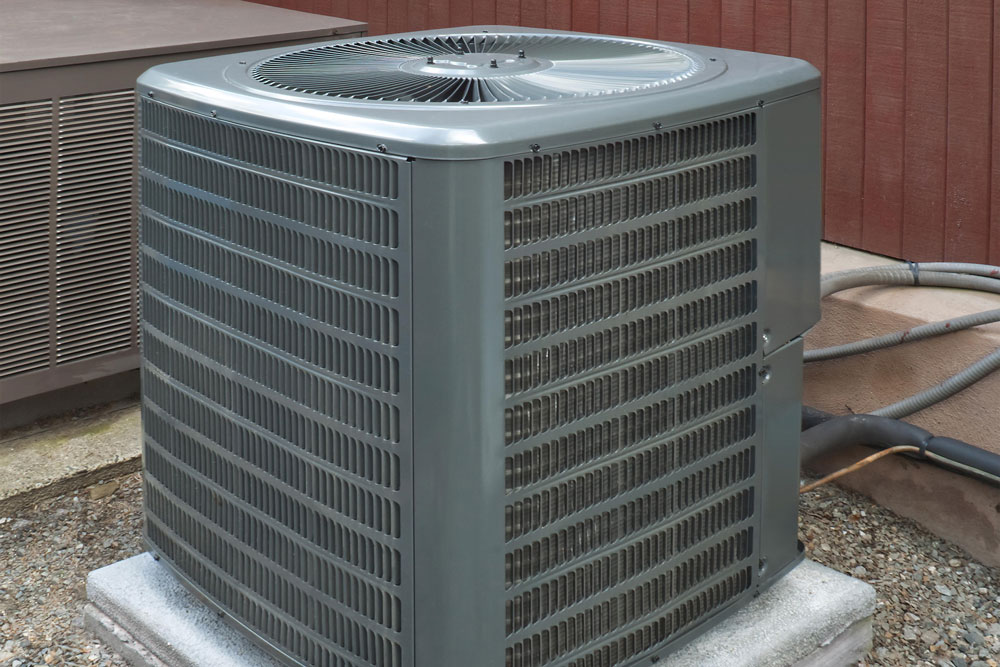


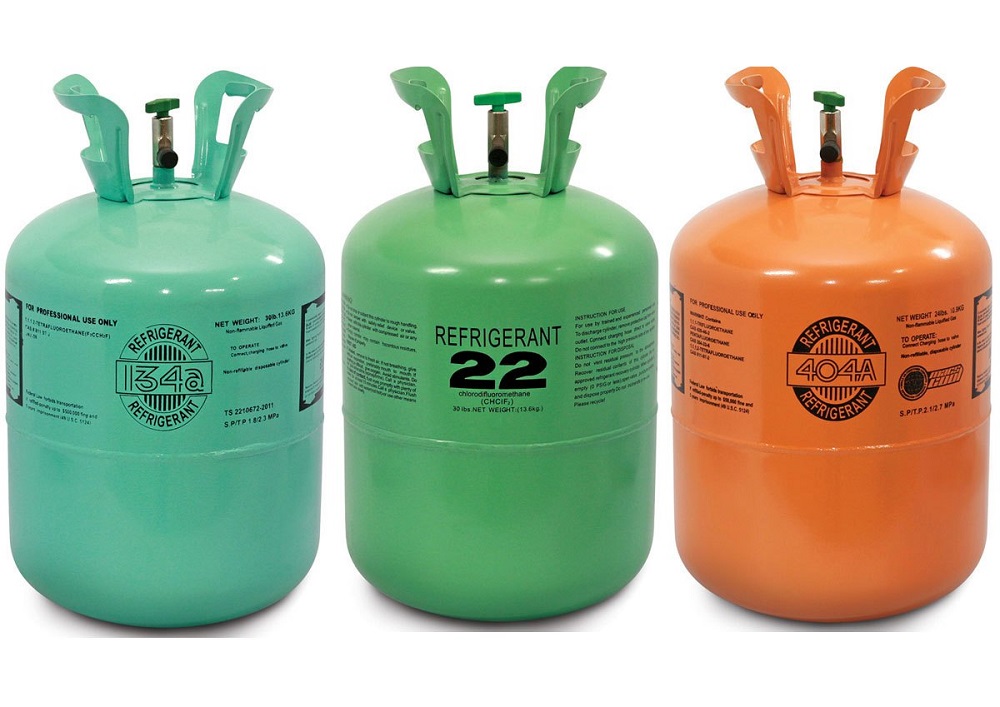
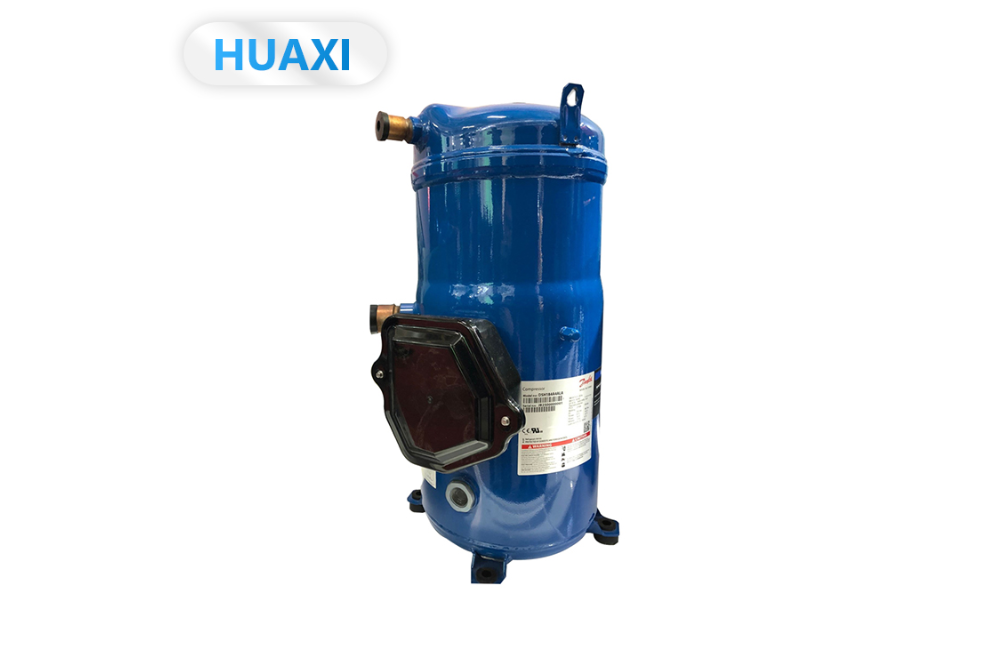
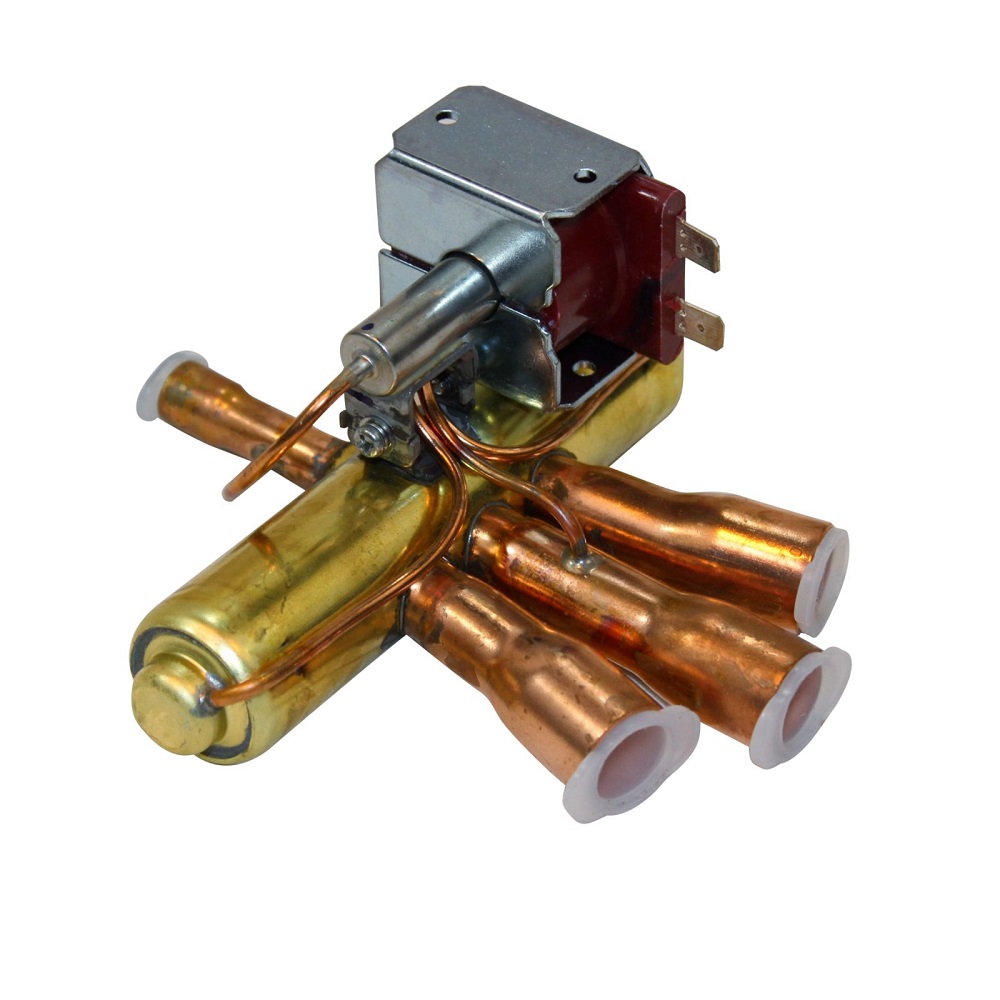
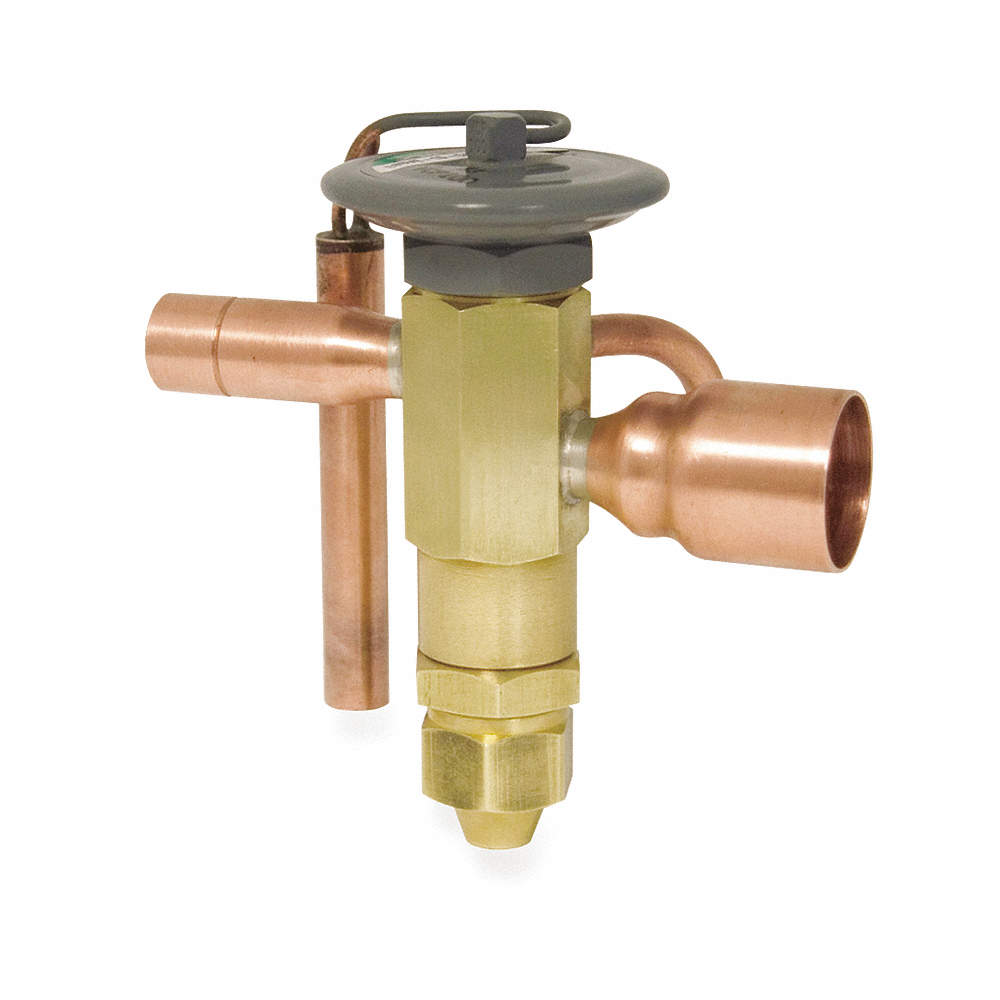
No comments:
Post a Comment